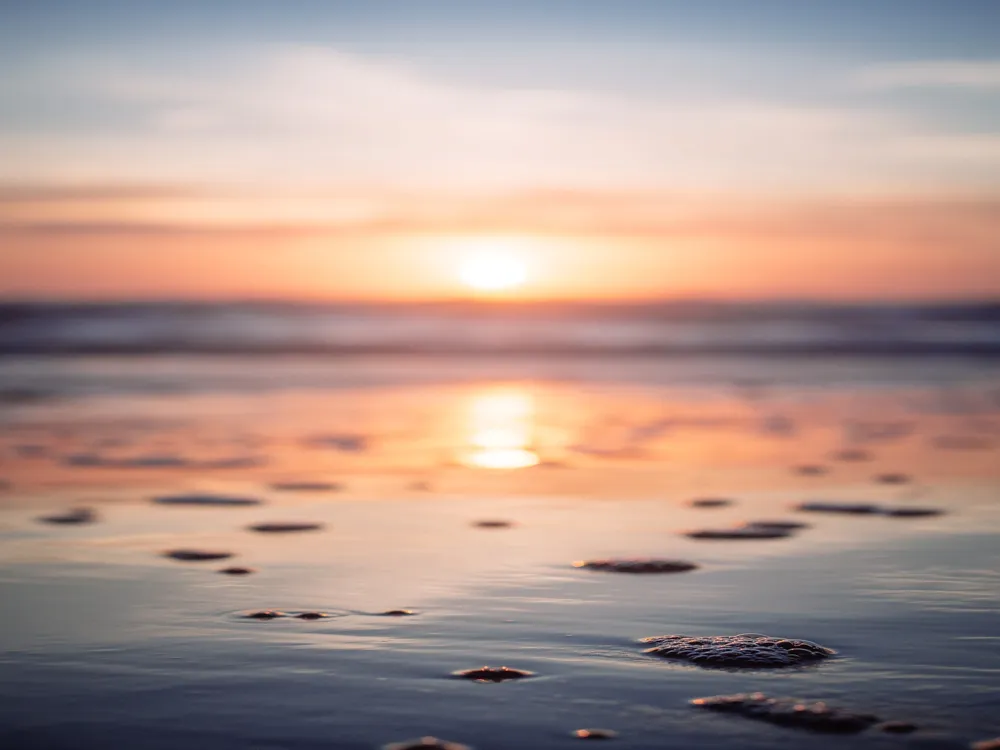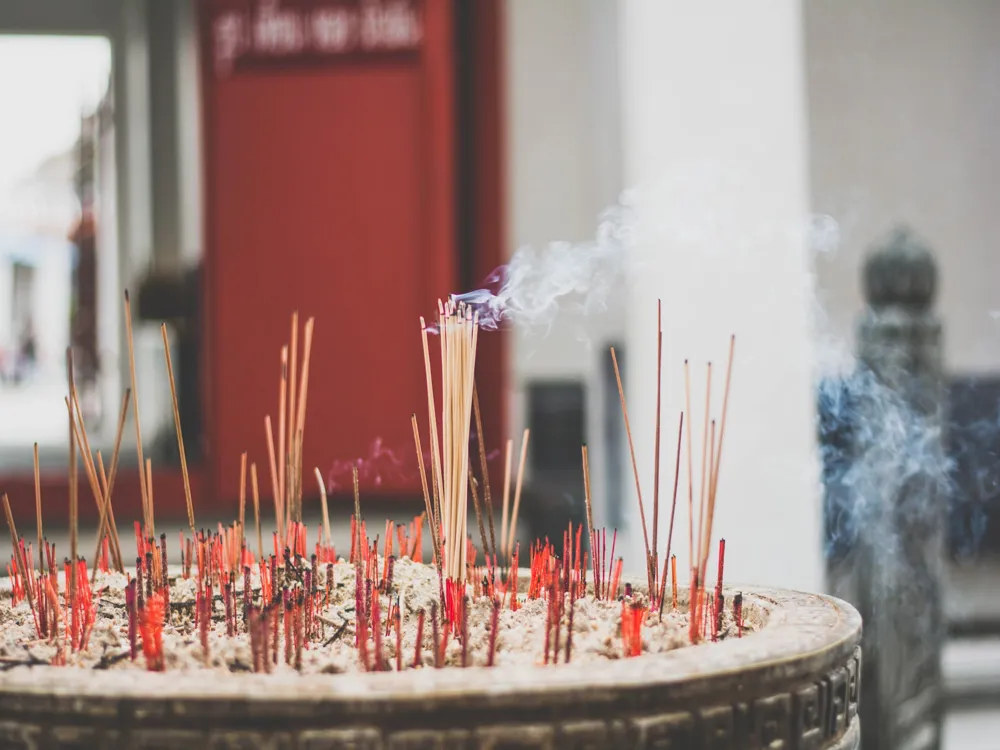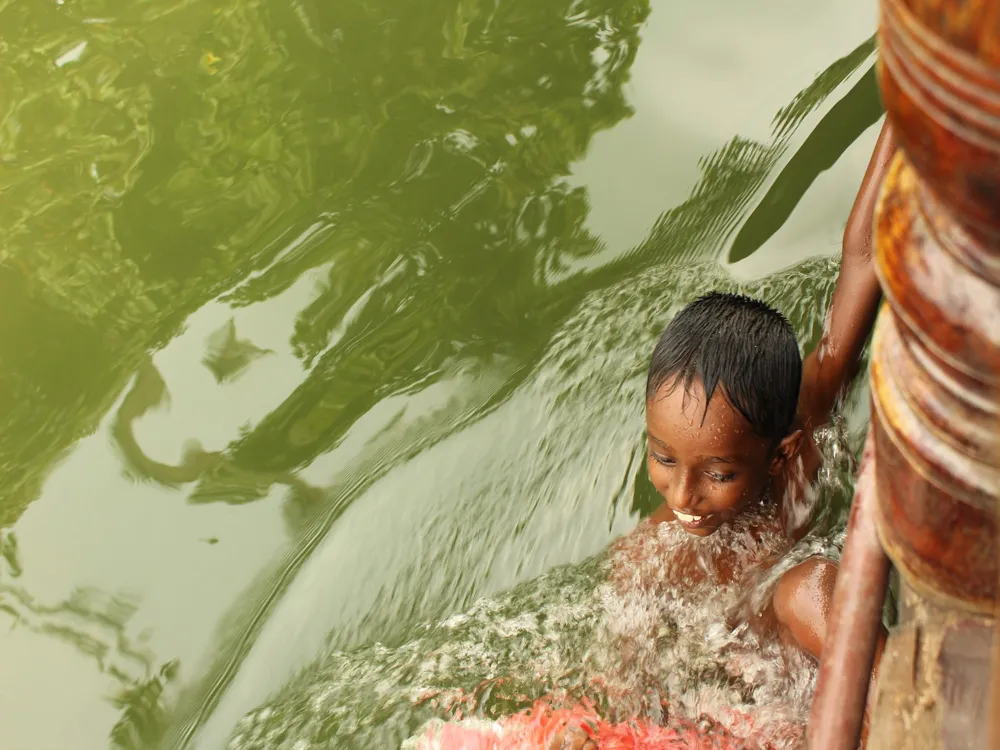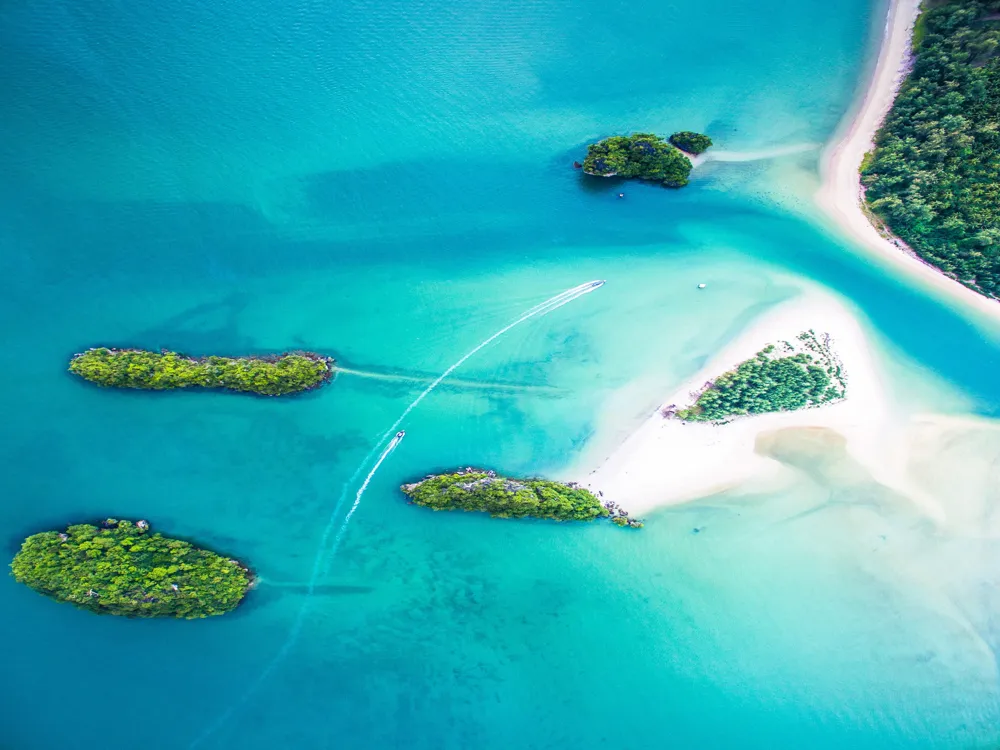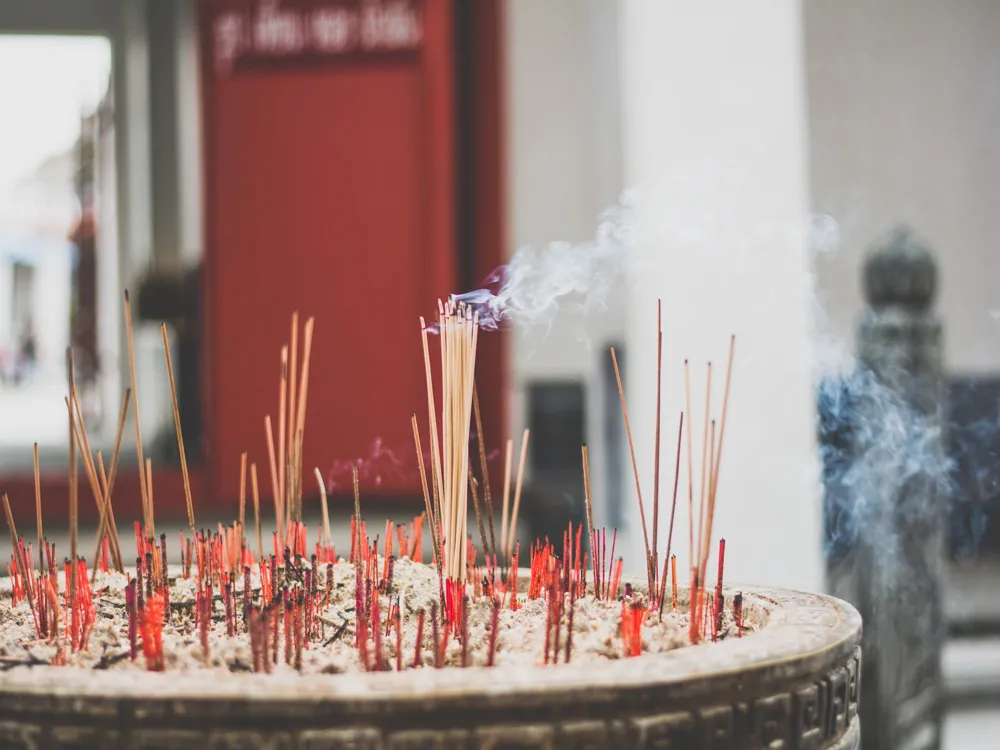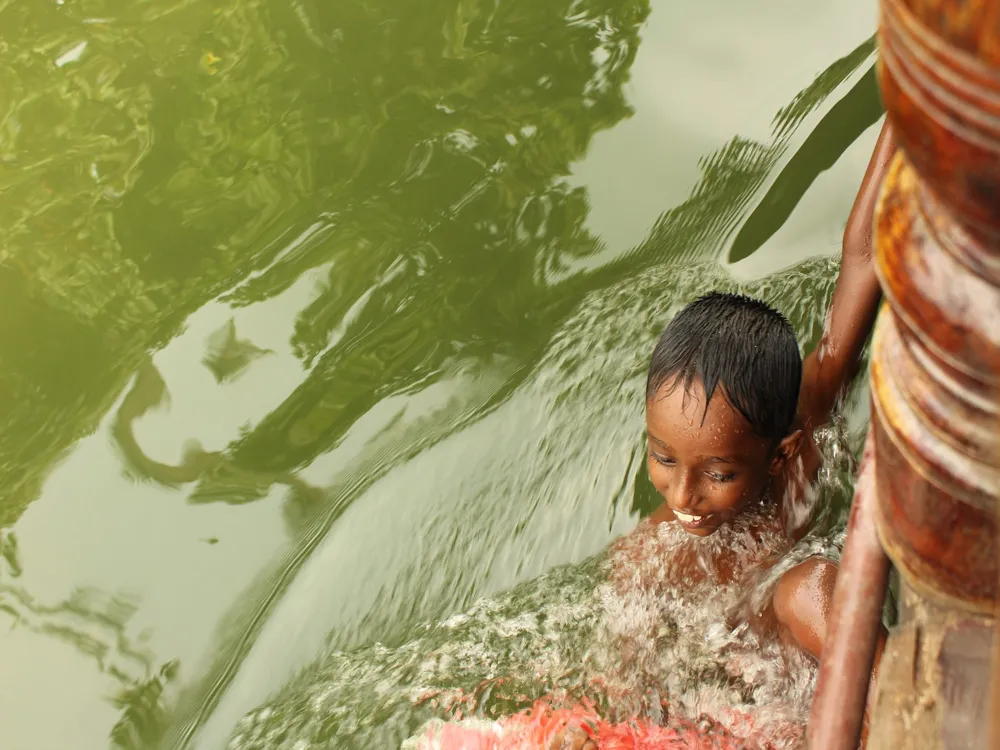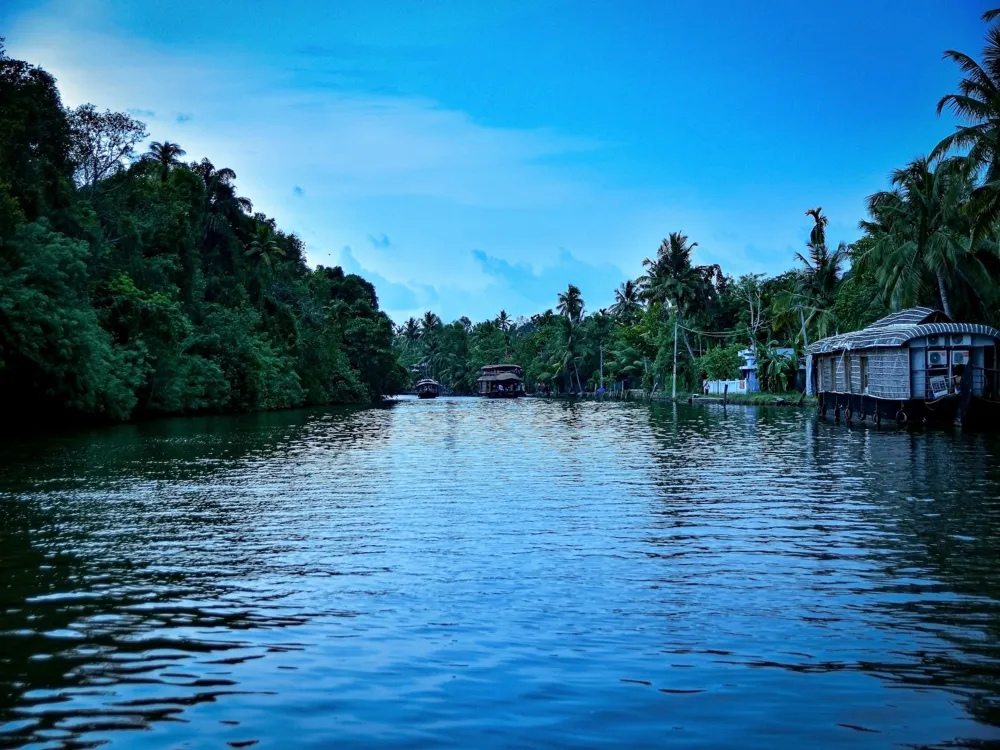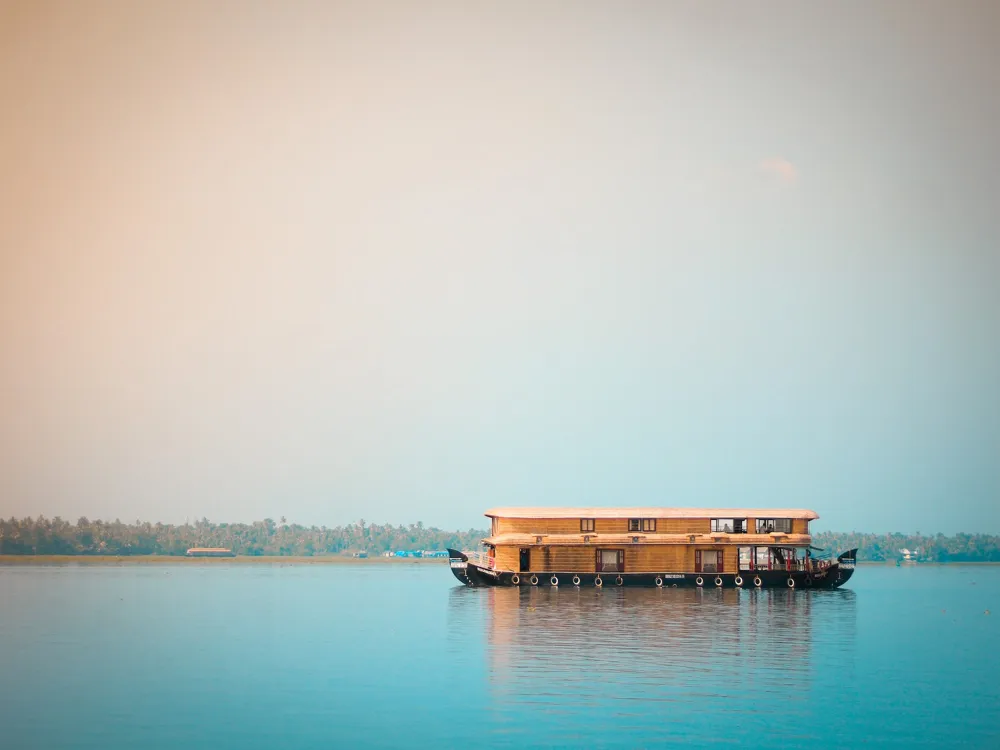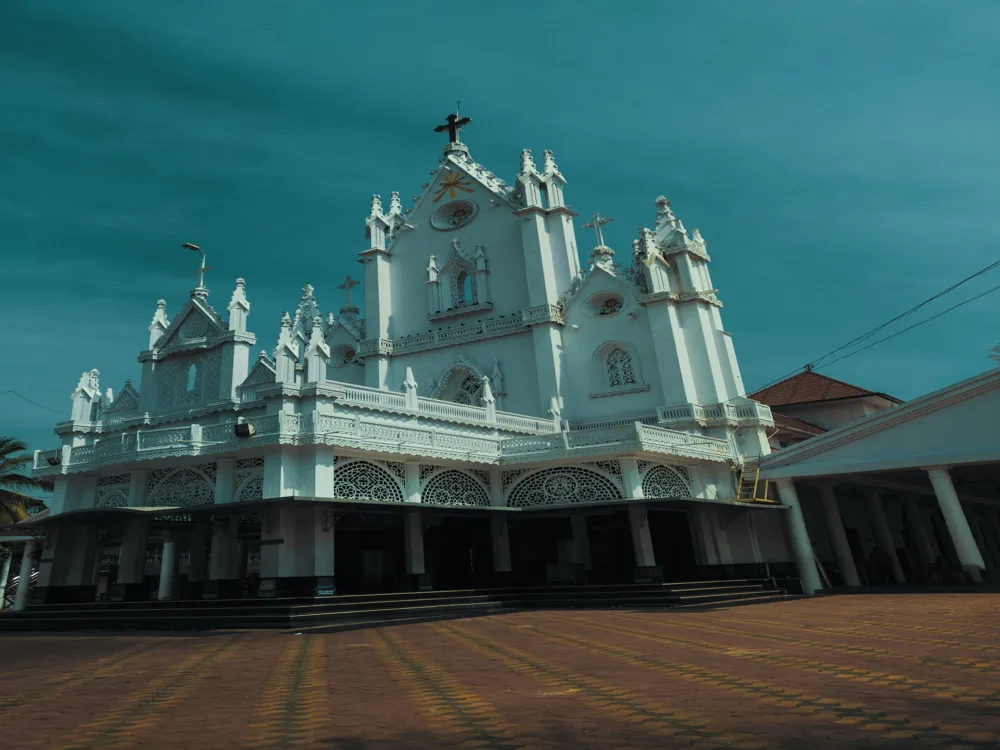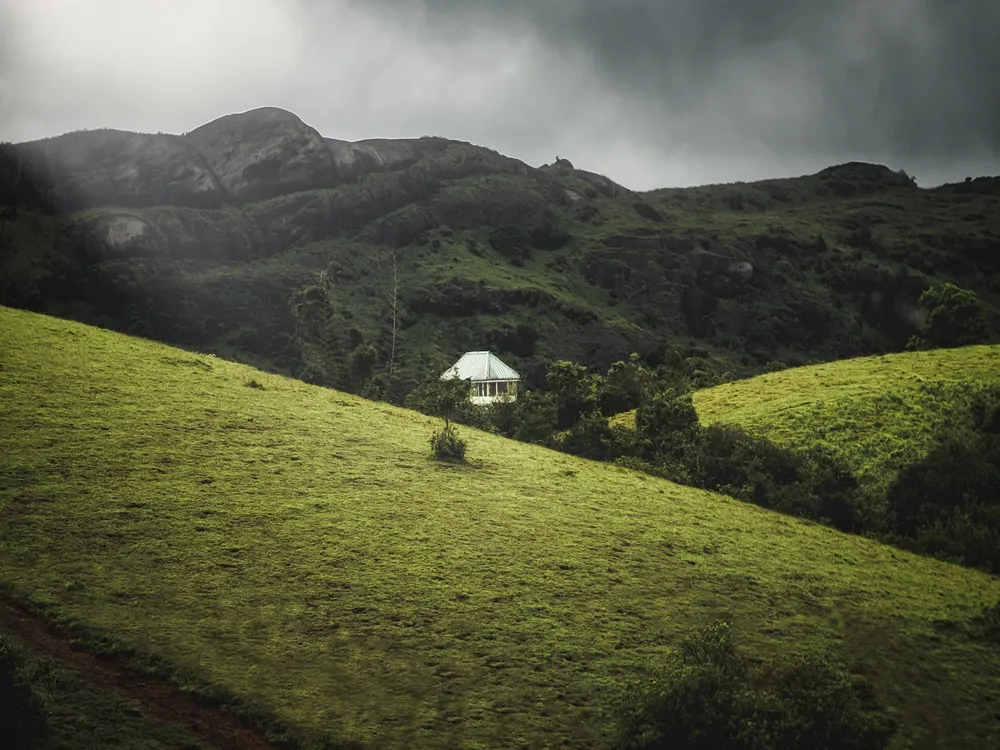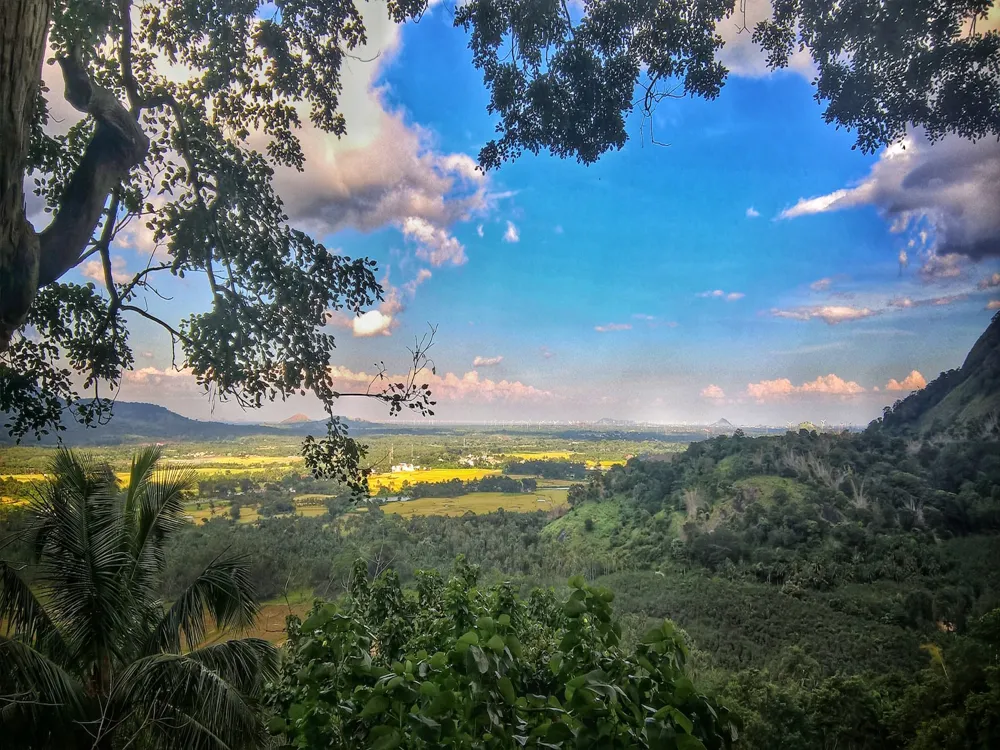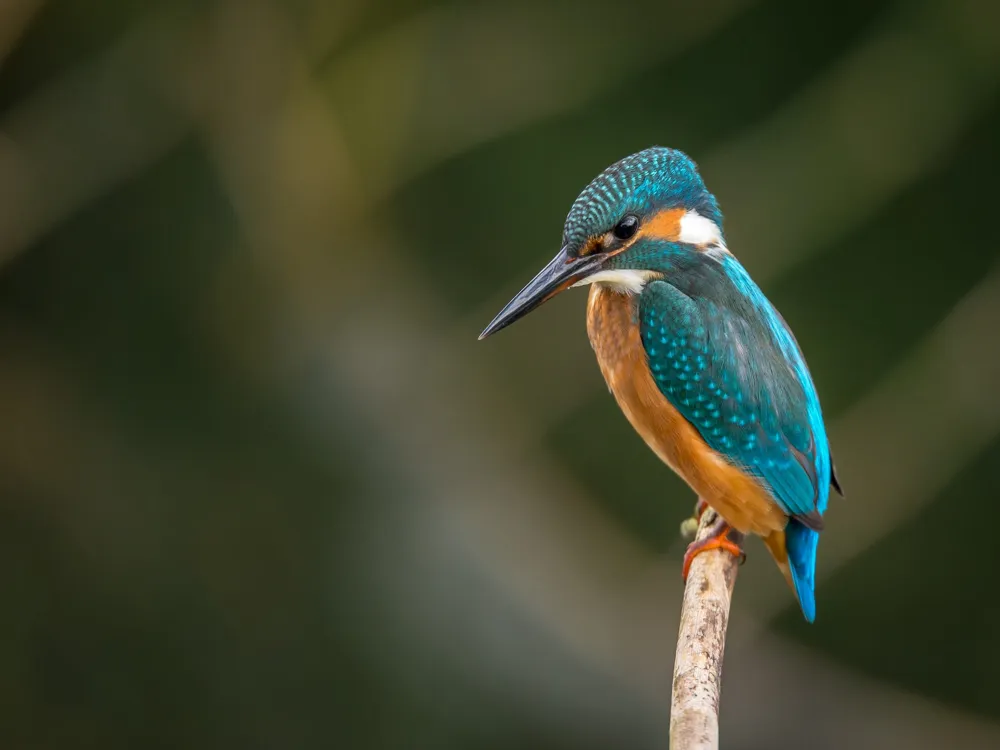The Nehru Trophy Boat Race, held in the vibrant waters of the Punnamada Lake in Alleppey, Kerala, is more than just a competition; it's a cultural spectacle that captures the essence of Kerala's rich heritage. This annual event, occurring on the second Saturday of August, turns the quiet lake into a hub of exhilarating activity, drawing thousands of spectators from around the globe. The origin of the race dates back to 1952 when it was first conducted to honor the visit of India's first Prime Minister, Jawaharlal Nehru. Overwhelmed by the enthusiasm and cultural richness, Nehru donated a silver trophy, which today symbolizes the pride and valor of the participants. The race is famed for its majestic snake boats, or 'Chundan Vallams,' each manned by over 100 rowers singing in unison, creating a mesmerizing rhythm that echoes across the waters. These boats, measuring up to 120 feet, with their raised prows resembling snake hoods, cut through the water like swift serpents, making for a visually spectacular event. The race is not just a test of strength; it's a display of team spirit, synchronization, and endurance. The event also includes other boat categories like the 'Veppu Vallams,' 'Iruttukuthi Vallams,' and more, each contributing to the diverse display of maritime prowess. The architecture of the Nehru Trophy Boat Race is a splendid example of Kerala's traditional boat-building craftsmanship blended with the spirit of competition. The Chundan Vallams are the stars of the show, with their unique design optimized for speed and balance. Constructed primarily from a wood called 'Aanjili,' these boats are built following ancient techniques passed down through generations. The long, tapering structure, with a rear portion towering to a height of about 20 feet, and a front portion designed to slice through the water, is a testament to the ingenuity of traditional Kerala boat architecture. Each boat is an embodiment of artistic precision, with intricate carvings and embellishments that narrate stories of Kerala's folklore. The making of these boats is a laborious process, often taking several months and requiring the collective effort of skilled craftsmen. The preparation of the boats for the race is a ritual in itself, involving meticulous maintenance and decorative efforts, transforming each boat into a floating piece of art. Ensure to plan your visit well in advance as the event attracts a large number of tourists. Booking accommodations and securing viewing spots early is advisable for a hassle-free experience. Gain a deeper appreciation for the event by familiarizing yourself with its history and cultural significance. This knowledge will enrich your experience and give you a better understanding of the local customs. While the event is filled with excitement, it's essential to prioritize safety. Follow the instructions of local authorities, stay within designated areas, and be mindful of the water's proximity. To reach the Nehru Trophy Boat Race, one can fly into Cochin International Airport, which is about 85 kilometers away from Alleppey. From the airport, visitors can hire taxis or use public transport to reach Alleppey. Those preferring train travel can arrive at the Alleppey Railway Station, well-connected to major cities in India. Additionally, Alleppey is accessible by road from neighboring cities and states, offering scenic routes that add to the charm of the journey. Read More: Overview of Nehru Trophy Boat Race in Alleppey, Kerala
Architecture of the Nehru Trophy Boat Race
Tips When Visiting Nehru Trophy Boat Race
Planning Your Visit
Understanding the Cultural Significance
Staying Safe
How To Reach Nehru Trophy Boat Race
Nehru Trophy Boat Race
Alleppey
Kerala
₹ 8,999 onwards
View alleppey Packages
Alleppey Travel Packages
View All Packages For Alleppey
Top Hotel Collections for Alleppey

Private Pool

Luxury Hotels

5-Star Hotels

Pet Friendly
Top Hotels Near Alleppey
Other Top Ranking Places In Alleppey
View All Places To Visit In alleppey
Faq on Alleppey
What is the Nehru Trophy Boat Race in Alleppey?
The Nehru Trophy Boat Race is a popular annual event held in Alleppey (Alappuzha), Kerala, India. It's a traditional snake boat race that attracts participants and spectators from all over the world.
When is the Nehru Trophy Boat Race held?
The Nehru Trophy Boat Race is typically held on the second Saturday of August every year. However, it's always a good idea to check for the exact date closer to the event as it may vary slightly.
What is the significance of the Nehru Trophy Boat Race?
The race commemorates a visit by India's first Prime Minister, Jawaharlal Nehru, to Alleppey in 1952. During his visit, he was presented with a trophy shaped like a snake boat, which he donated for the annual boat race. Since then, it has been known as the Nehru Trophy Boat Race.
How long has the Nehru Trophy Boat Race been taking place?
The Nehru Trophy Boat Race has been an annual event since 1952, making it one of the oldest and most prestigious boat races in Kerala.
What types of boats participate in the Nehru Trophy Boat Race?
The main attraction of the Nehru Trophy Boat Race is the participation of snake boats, which are long traditional wooden boats with a unique design resembling a snake. These boats are manned by large teams of rowers who compete fiercely against each other.
View alleppey Packages
Alleppey Travel Packages
View All Packages For Alleppey
Top Hotel Collections for Alleppey

Private Pool

Luxury Hotels

5-Star Hotels

Pet Friendly
Top Hotels Near Alleppey
Other Top Ranking Places In Alleppey
Faq on Alleppey
What is the Nehru Trophy Boat Race in Alleppey?
The Nehru Trophy Boat Race is a popular annual event held in Alleppey (Alappuzha), Kerala, India. It's a traditional snake boat race that attracts participants and spectators from all over the world.
When is the Nehru Trophy Boat Race held?
The Nehru Trophy Boat Race is typically held on the second Saturday of August every year. However, it's always a good idea to check for the exact date closer to the event as it may vary slightly.
What is the significance of the Nehru Trophy Boat Race?
The race commemorates a visit by India's first Prime Minister, Jawaharlal Nehru, to Alleppey in 1952. During his visit, he was presented with a trophy shaped like a snake boat, which he donated for the annual boat race. Since then, it has been known as the Nehru Trophy Boat Race.
How long has the Nehru Trophy Boat Race been taking place?
The Nehru Trophy Boat Race has been an annual event since 1952, making it one of the oldest and most prestigious boat races in Kerala.
What types of boats participate in the Nehru Trophy Boat Race?
The main attraction of the Nehru Trophy Boat Race is the participation of snake boats, which are long traditional wooden boats with a unique design resembling a snake. These boats are manned by large teams of rowers who compete fiercely against each other.







